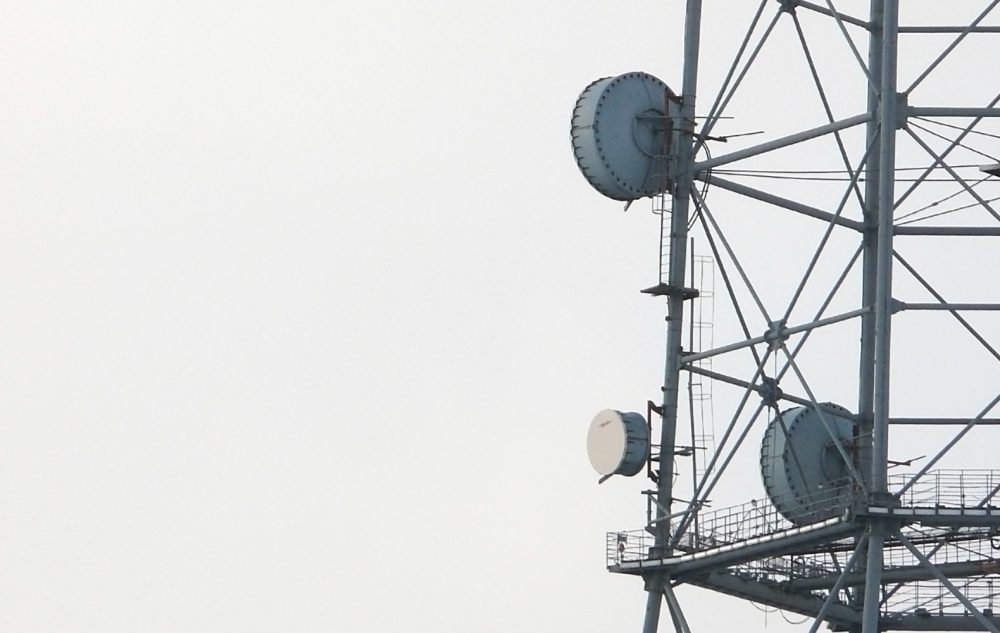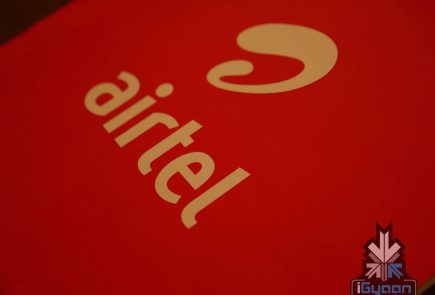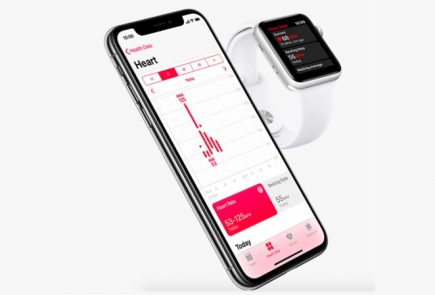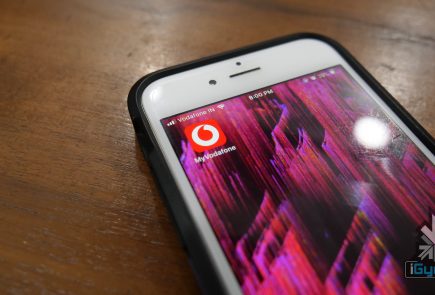After Airtel, Aircel Joins The 4G Race With its Launch In 4 Circles

Aircel India has recently launched its 4G services which will be offered across four circles, namely, Andhra Pradesh, Assam, Bihar and Odisha. Aircel already provides 2G and 3G services and it is now become the second Indian telecom operator after Airtel to launch its 4G services in the country.
Aircel holds 20MHz of spectrum in the 4G LTE 2300 MHz band across eight circles – Andhra Pradesh, Tamil Nadu, West Bengal, Bihar, Odisha, Assam and North East and Jammu and Kashmir.
Aircel’s enterprise customers will experience a 4G LTE high-speed network to receive dedicated internet and secure VPN (Virtual Private Network) services whereas its Home customers will experience various infotainment services on high-speed broadband that will help connect any Wi-Fi device to support services such as faster internet access, Smart TVs, Virtual Home Solutions, Home Security, online gaming and much more.
Aircel hopes that existing technological leadership position further lends to providing a promising and reliable 4G LTE service to our customers. They also promise that the wireless broadband services offered will help customers transform their workplaces and homes into ‘smarter’ entities.
The parameters that will differentiate Aircel’s 4G LTE services include customized offerings with a quick turnaround time for deployment of services to Enterprise and Home customer, beating existing industry standards; high speed and low latency, which are critical to any enterprise service experience, will be Aircel’s key focus deliverable building on Reliable MPLS (Multiple Protocol Label Switching) core network.
So far, Airtel has launched 4G services in a few circles, while a pan-India availability is still awaited. Though, there is no information as of now about their 4G data charges as of now. Aircel’s entry will finally bring some competition in the segment, perhaps encourage other players to launch their services. From customers’ point of view, competition gives possibility of lower tariffs and even more affordable devices.






















